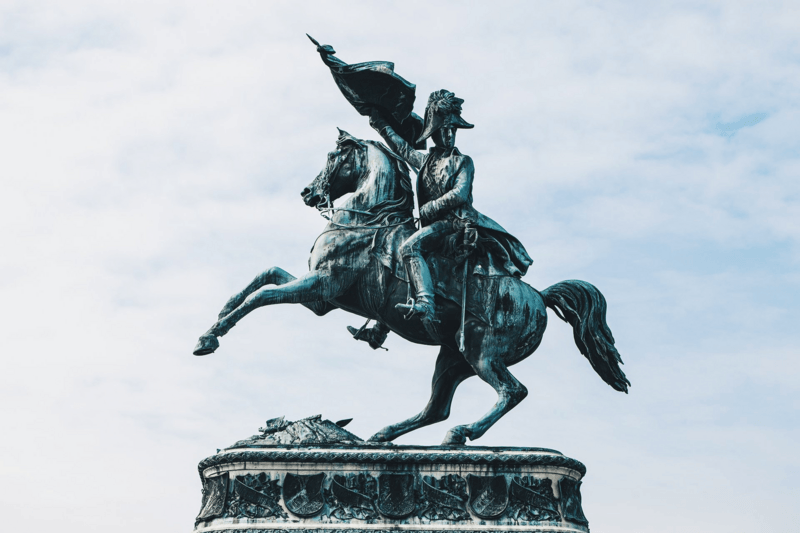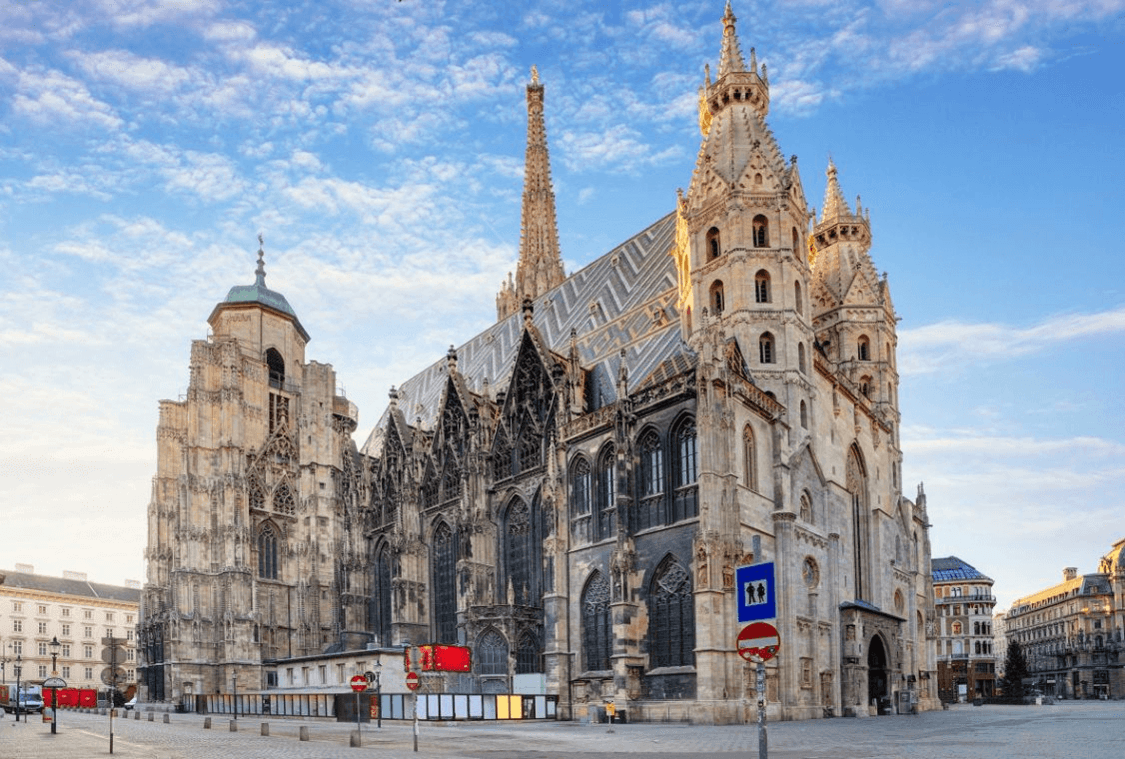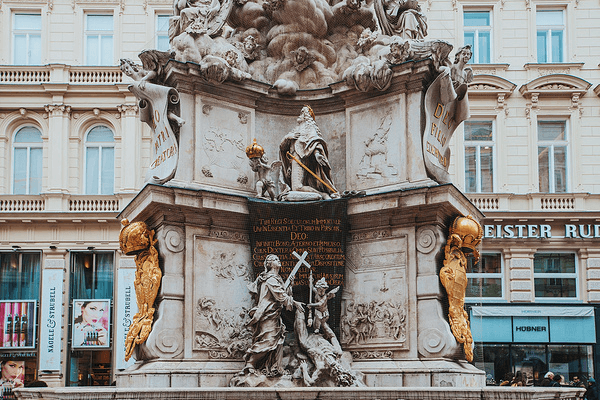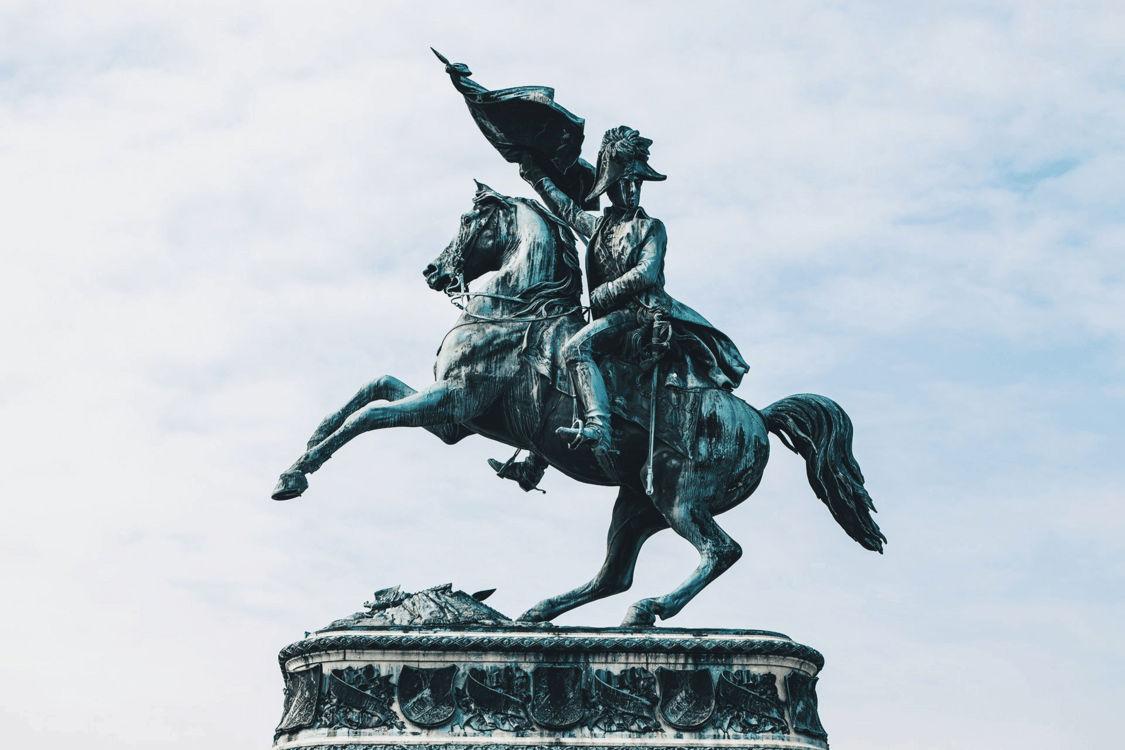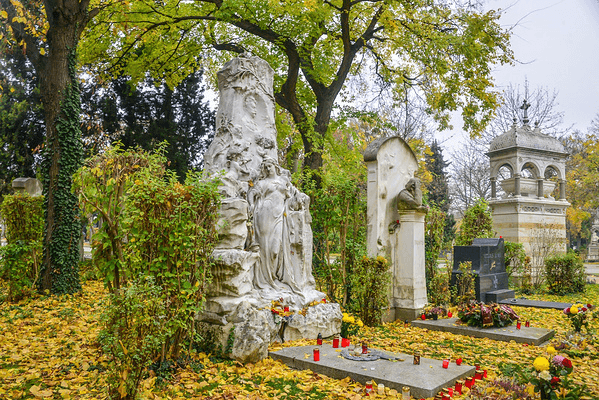1. St. Stephen's Cathedral
Known as the 'Heart of Vienna', St. Stephen's Cathedral is a landmark of Vienna and one of the three major cathedrals in Europe. To this day, it stands quietly in the bustling old city center, like a guardian of Vienna. When you come to the center of Vienna, you will surely be captivated by its majestic and magnificent presence.
2. Plague Column
Located in the center of Graben Street, the Plague Column is a Baroque monument in Europe, commemorating those who suffered from the plague.
3. Heldenplatz
Heldenplatz is a square located outside the Hofburg Palace, built during the reign of Emperor Franz Joseph I. It is part of the so-called 'Imperial Square,' which was never fully completed. The northeast of the square is the Leopoldinian Tract of the Hofburg Palace, the southeast is the Neue Burg, and the southwest is the Ring Road, which separates the square from the 'Outer Castle Gate' (Aeusseres Burgtor). There are no buildings to the northwest, providing a clear view of the Ring Road, the Parliament Building, the City Hall, and the Burgtheater.
4. Hofburg Palace
Hofburg Palace, located just an hour's drive east of Vienna, is one of Austria's largest Baroque architectural complexes. This palace was once part of the magnificent castle of the Habsburg Empire and one of the residences of the Austrian emperors. It is said that Prince Eugene, the legendary general of Savoy, became the owner of Hofburg Palace in 1725, possessing this splendid castle, grand artistic terrace gardens, and the estate built in the 17th century. Thirty years later, Empress Maria Theresa purchased the palace and redesigned it, renovating and decorating the first floor of the palace.
5. Vienna Central Cemetery (Wiener Zentralfriedhof)
The Vienna Central Cemetery is the largest cemetery in Vienna and one of the largest in Europe. More than twenty renowned musicians, including Mozart, Beethoven, Brahms, Schubert, and the Strauss family, are buried here. The tombstones and statues here form a true hall of art.
